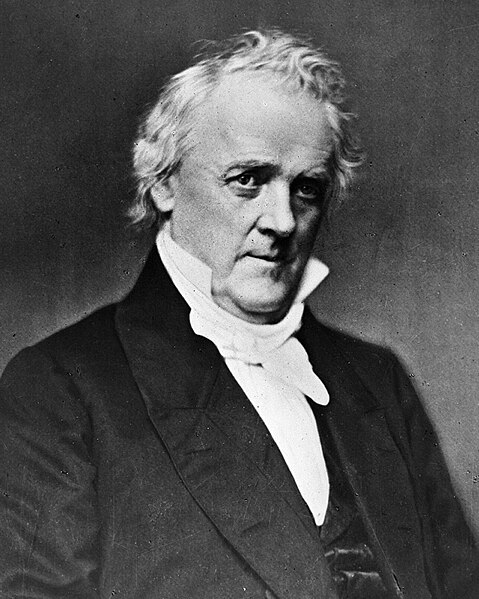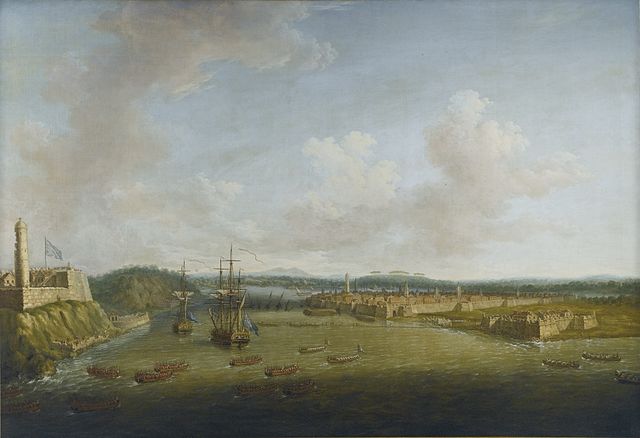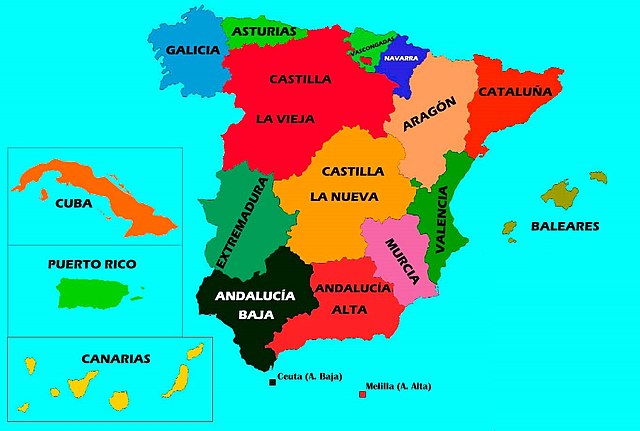The Ostend Manifesto, also known as the Ostend Circular, was a document written in 1854 that described the rationale for the United States to purchase Cuba from Spain while implying that the U.S. should declare war if Spain refused. Cuba's annexation had long been a goal of U.S. slaveholding expansionists. At the national level, American leaders had been satisfied to have the island remain in weak Spanish hands so long as it did not pass to a stronger power such as Britain or France. The Ostend Manifesto proposed a shift in foreign policy, justifying the use of force to seize Cuba in the name of national security. It resulted from debates over slavery in the United States, manifest destiny, and the Monroe Doctrine, as slaveholders sought new territory for the expansion of slavery.
James Buchanan is believed to have authored the document.
A political cartoon depicts James Buchanan surrounded by hoodlums using quotations from the Ostend Manifesto to justify robbing him. The caption below reads "The Ostend Doctrine".
Captaincy General of Cuba
The Captaincy General of Cuba was an administrative district of the Spanish Empire created in 1607 as part of Habsburg Spain attempt to better defend and administer its Caribbean possessions. The reform also established captaincies general in Puerto Rico, Guatemala and Yucatán.
Havana after the successful British siege in 1762
States proposed in the Spanish Draft Federal Constitution of 1873, among which Cuba was included.




